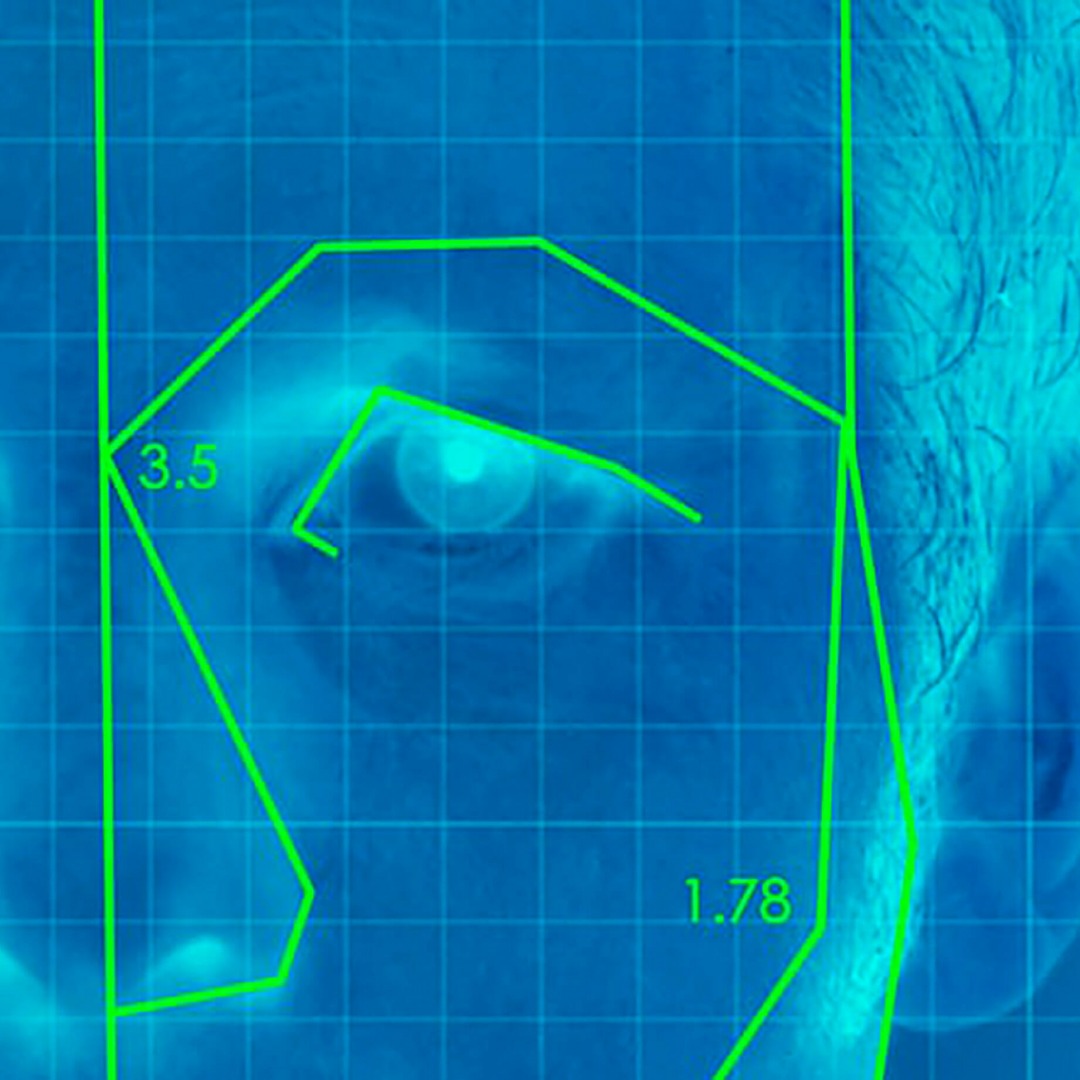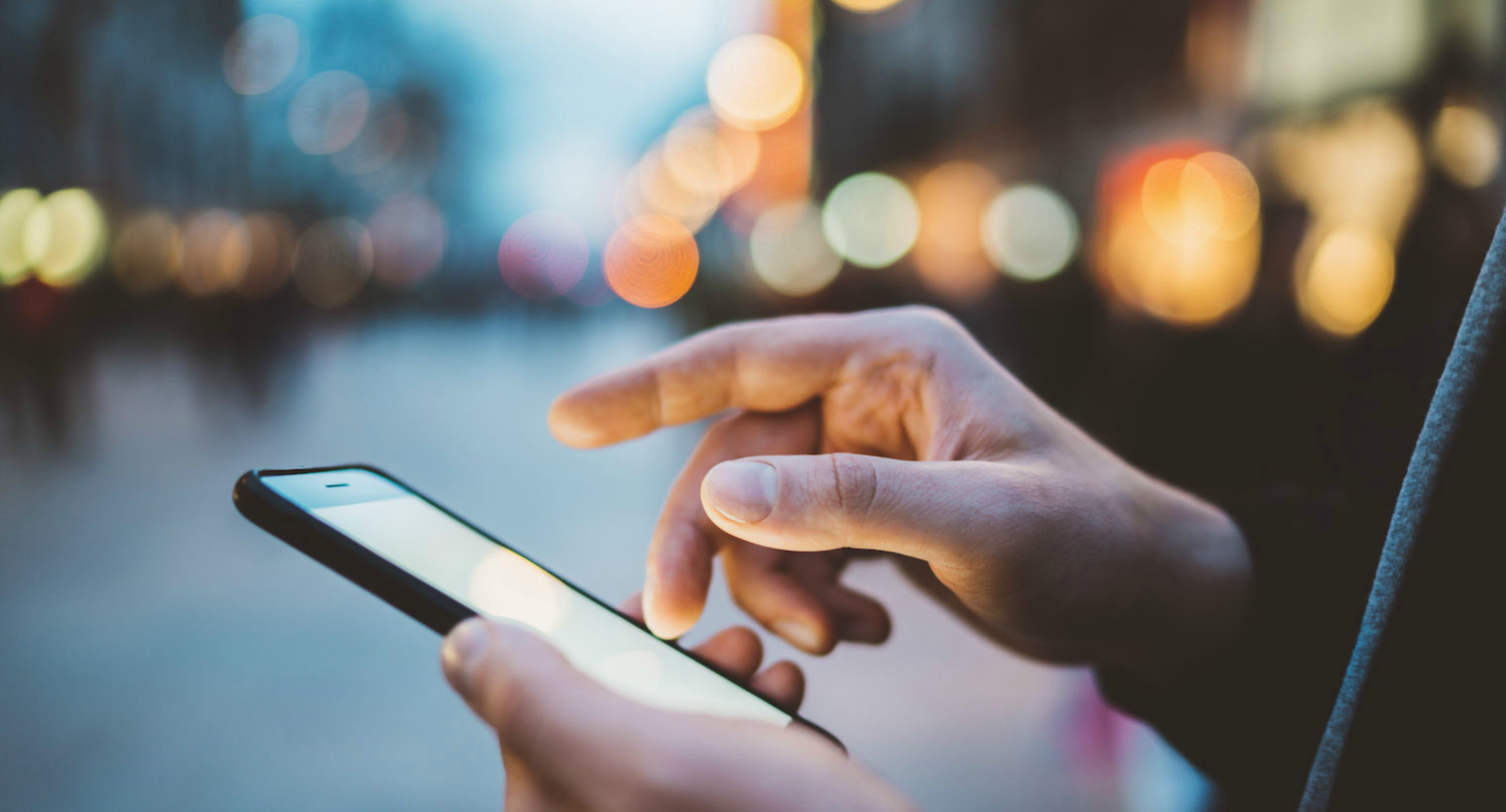Use Case #1: Drug Traceability – Blockchain Use Cases in Healthcare
What is the problem?
Drug counterfeiting is a major problem in the pharmaceutical industry. Here are some metrics revealed by the Health Research Funding Organisation:
10% to 30% of the drugs sold in developing countries are counterfeit;
The counterfeit drug market is worth $200 billion annually;
Internet sales of counterfeit drugs account for $75 billion of the total market;
Most of the counterfeit drugs are manufactured in either India or China;
About 60 different Pfizer medicines and products were being counterfeited around the world as of 2014;
WHO estimates that 16% of counterfeit drugs contain the wrong ingredients, while 17% contain the wrong levels of necessarily ingredients.
The main issue with fake drugs isn’t the fact that they are fake but rather that they can be very different from the original product in a quantitative and qualitative way. Indeed, many of them don’t have the active ingredients they claim they do. This can be particularly dangerous for the patients that take the counterfeit drug since it won’t treat the disease it is supposed to treat.
Furthermore, if the ingredients and the dosages are different, the product can trigger unexpected secondary effects that can lead to death. From a more economical perspective, drug counterfeiting represents an annual loss of 10,2 billion euros for the European pharmaceutical sector and 37.700 jobs are lost because manufacturers employ less people than they would if fake drugs didn’t exist.
How can Blockchain help?
The main characteristic of blockchain technology that is useful in drug traceability is security. Each new transaction added to a block is immutable and timestamped, making it easy to track a product and make sure the information cannot be altered.
A blockchain can be either public or private. To insure the authenticity and traceability of the drugs, the companies that register a product on the blockchain have to be trustworthy. Hence, only private blockchains controlled by a central entity are logical to make sure that fake drugs are not registered. A company’s access to the “drug blockchain” would therefore be a proof that the drugs they produce are authentic.
The pharmaceutical companies decide which actors of the supply chain act as miners. It could be manufacturers, distributors or retailers. Depending on the position on the supply chain, each person could have different rights: labs can register drugs whereas wholesalers can only verify transactions.
When a drug is produced, a hash is generated that contains all the relevant information about the product. Each time the drug moves from an entity to another (eg: from the manufacturer to the distributor), the information is stored on the blockchain, making it easy to track the drug.
Image source: Anca Petre
One of the main issues today, is that there is no harmony between the systems used to track drugs, and often, stakeholders on the supply chain have an incomplete vision of the origin and destination of the products they receive. Imagine the supply chain like a puzzle where each actor owns a piece of the puzzle.
Most of the time, the complete puzzle is hard to put together, allowing fake drugs to enter the chain and reach the patient. With blockchain technologies, each piece of the puzzle is stored in a safe and secure way, with each stakeholder adding to the puzzle as the drug goes down the supply chain. At each step, it is possible to see the entire puzzle built so far and have a trustful vision of the history of the product.
Furthermore, if a problem is detected and a batch has to be withdrawn from the market, blockchain technologies make it easier for the company to find their products and hence, avoid any complications.
Blockchain technologies help with two main issues when it comes to drug traceability: first, it allows companies to track their products down the supply chain, creating an airtight circuit, impermeable to counterfeit products. Second, it also allows stakeholders, and especially labs, to take action a posteriori in case of a problem by identifying the exact location of their drugs.
Use Case #2: Clinical Trials – Blockchain Use Cases in Healthcare
What is the problem?
In the pharmaceutical industry, clinical trials are designed to test the tolerance and effectiveness of a product on a group of patients in order to validate or invalidate hypothesises. Usually they take several years and the outcomes are critical for the future of the drug.
Pharmaceutical companies and their sponsors can invest billions of dollars and a non-conclusive result could have great financial repercussions. Due to the importance of the results in clinical trials, fraud is not uncommon. However, it is not easy to estimate how frequent it is. Indeed, those committing fraud are not likely to admit what they did and the problem is usually under-reported.
During clinical trials, a considerable amount of data is produced – safety and quality reports, statistics, blood tests, surveys, medical imagery – and large groups of people are involved, making it hard to track and control everyone. Hence, mistakes can be committed along the way, some unintentionally and others not.
Fraud usually includes modifying or hiding data that could compromise the advance of the clinical trial and damage the image of an organization among regulatory agencies or patients. Different types of data can me modified or manipulated.
First of all, the trial has to be very precisely designed, in term of hypothesis, research protocols and data keeping methods. This information is not always shared prior to the beginning of the trial, which allows participants to modify the protocols to favour a positive outcome. Afterwards, all the patients involved in the trial have to sign Informed consent Forms that can be incomplete or even fabricated if the researchers failed to obtain consent.
Moreover, throughout the trials, patients undergo biological tests and complete surveys to track the evolution of their condition. However, the data that is collected from the patient and the one reported on standardized forms can be different. Usually, the reports are compared between the participating centers to spot inconsistent data but this type of fraud is not rare especially in trials that occur in only one centre.
How can Blockchain help?
Blockchain can provide proof-of-existence for any document and allow anyone to verify the authenticity of said document. In order to add new data – in the form of transactions – the majority of nodes have to agree that it is valid and coherent with the blockchain history. Hence, modifying existing information would require changing the records of the majority of the computers in the network.
This characteristic of blockchain is very powerful when applied to clinical trials. Indeed, as mentioned above, data is often altered or modified because there is currently no system that prevents it.
A study conducted by Dr. Irving and Dr. Holden looked at how exactly blockchain can be used to provide proof-of-existence for clinical trial data and allow anyone to verify it. In order to be stored on the blockchain, data from the trial goes through an SHA256 calculator that provides a hash, which is a unique code, specific to the content of the document (trial protocol, biological results, Informed Consent Forms, etc.). Even a small change in the original file could result in a completely different hash. Using a bitcoin wallet, public and private keys are provided.
The public key proves that a certain document was registered on the blockchain at a certain time. If during the trial, someone has doubts about the authenticity of data they encounter, they can verify that information they have is similar to the original information stored on the blockchain.
To do so, the person would have to run the data they have through the SHA256 calculator and compare the public and private keys that are generated. If the newly created keys are identical to the original ones on the blockchain, this means that the data has not been altered.
As blockchain reduces the risk of data fraud, trustworthy protocols and results can be published facilitating the replication of the study and collaboration in the scientific community.
Use Case #3: Patient Data Management – Blockchain Use Cases in Healthcare
What is the problem?
When it comes to patient data management, there are two main issues in the healthcare industry. First, each patient is unique therefore there is no such thing as a common disease or common treatment strategy. What works on a patient might not work on the other due to inter-individual variability. Hence, access to complete medical records is essential in order to adapt the treatment and provide personalised care. Healthcare is becoming more-and-more patient-centred. Second, sharing information among the medical community is a major challenge.
Still today, doctors use social networks to communicate and share patient data. This type of medical data is sensitive and should always go through secured networks when divulgated. Moreover, the lack of secure structure to share data is an important obstacle for scientific advances. Indeed, medical records are kept in very different locations, and there is no common database. Allowing the researchers to access the data could heavily contribute to scientific advances worldwide especially when it comes to rare diseases or minorities.
Finally, blockchain also addresses the notion of data ownership. Today, the patient cannot claim full ownership of his medical records because giving him complete control over the information would also allow him to change certain information or even delete parts of it. This could have repercussions on both his health and public health. The downside of not letting the patient own his data is that he doesn’t always have control over who is using and sharing it. This is paritcularly true when it comes to weareables.
How can Blockchain help?
Blockchain can provide a structure for data sharing as well as security. This is how: healthcare providers collect information from the patient such as name, date of birth, procedures performed and prescriptions. The data is stored in the organisation’s existing databases and/or on cloud computing systems. A hash is created from each source of data and is redirected to the blockchain along with the patient’s public ID. Smart contracts are used to manage patient data access.
Through an API, healthcare stakeholders can query the blockchain that provides the location where the data can be found without revealing patient identity.
If needed, the patient can share his full medical record (with or without identifiable data) to any stakeholder. For instance, he could share identifiable data with his doctors and non-identifiable data with Big Pharmas looking for phase IV information. The patient can decide to whom he gives access to and on which conditions. Once accessed, data can be analysed and shared by the medical community and researchers.
Source: Booz Allen Hamilton
One of the main advantages of this technology, is that it allows the patient to control the access he gives to his medical records. The patient defines through a smart contract the condition on which his data can be accessed on the blockchain. In fact, all this will be done through an API and the patient will set the conditions on his profile.
When the patient is conscious: the combination of the patient’s and the provider’s private keys unlocks the access to the data.
If the patient isn’t conscious: one or more third parties, picked by the patient, need to give their permission before the healthcare provider accesses the data.
Either way, the patient has full control over his medical information and can decide whom to share it with.
Furthermore, medical records are not the only source of data related to a patient. Indeed, as IoT develops, wearables become an important souce of information. This type of data could be used in the patient’s interest to track his activity, set goals and adapt treatments. All this can be done through smart contracts. Indeed, the patient and his GP can define the clauses of the contract and set objectives and consequences if the patient succeeds or fails to reach them.
The patient’s wearables record information and compare it to the clauses of the smart contracts in order to produce an action (reward or penalty). Moreover, the data is also sent to the GP, that can interact with the patient, see what were the main difficulties in reaching the objective, and therefore adapt the care.
Image source: Source: Booz Allen HamiltonSource: Booz Allen Hamilton

My name is Anca Petre and I am a Pharm. D and Business double degree candidate at Université Paris-Saclay and INSEEC Business School in London and Paris. In my own work, I primarily focus on the crossroads between healthcare and digital technologies. I am currently working on a research about the possible applications of Blockchain in Healthcare and I contribute to Blockchain Age and Intelligent HQ.
I particularly enjoy working the sectors’s startup environment. I have previously worked at e-ssencials, a startup which develops digital solutions for patients with chronic diseases. I have also participated in three hackathons to help develop and further innovate the healthcare circuit.
I worked at Sanofi in the Biotechnologies Department where I successfully managed to reduce the production time by half for several products.
At university, I am the founder and president of the Speak Up ! Association which allows over 500 students to improve their public speaking skills.



























